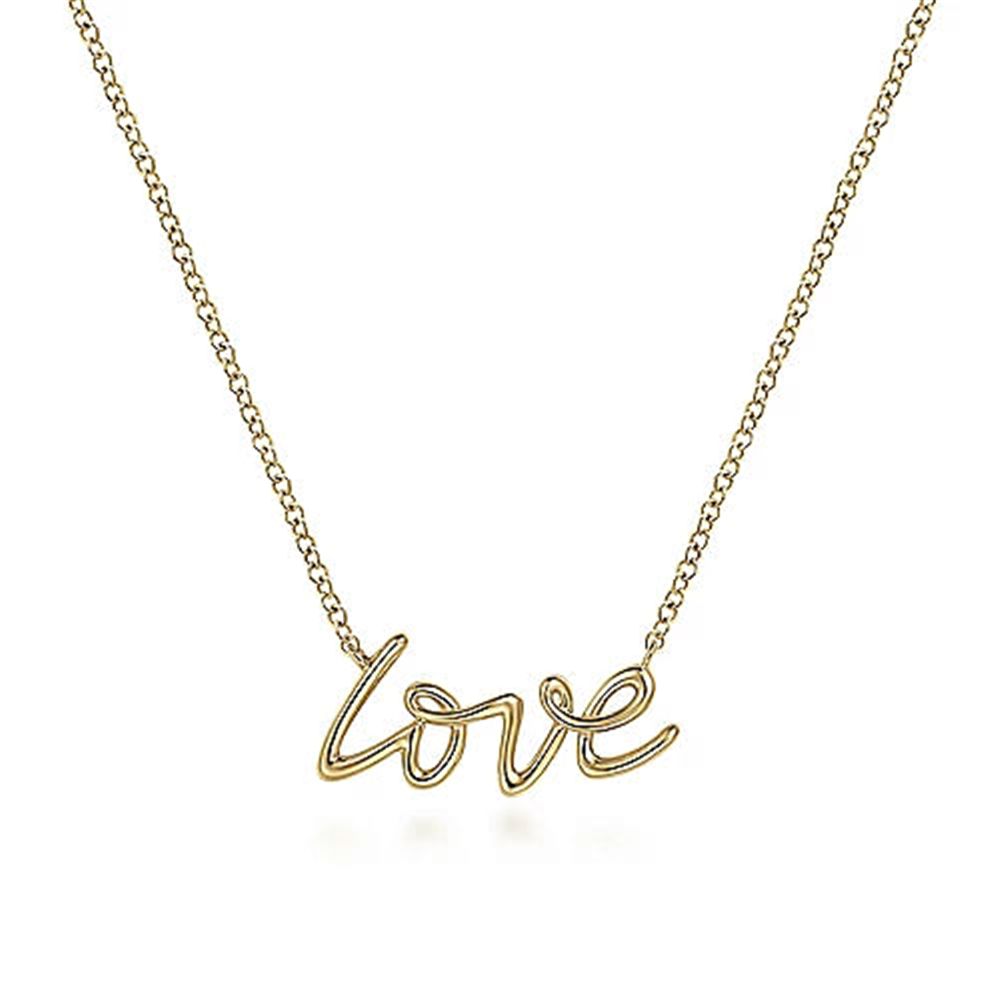
Why Gold Is Precious: A Journey Through Time and Colors
Gold holds an unparalleled status for its enduring appeal, tracing its roots back to ancient civilizations and continuing its legacy into the 21st century. While yellow gold represents the metal in its most vibrant and traditional form, white gold has also cemented its place as a significant choice for contemporary fine jewelry. If you're caught in a dilemma between these two options for your bridal and everyday adornments, this blog serves as a comprehensive guide to help you understand their characteristics, differences, and similarities.
The Nuts and Bolts: White Gold vs. Yellow Gold Composition
Pure gold, or 24k gold, is comprised entirely of gold. While it sounds attractive, this form of gold is too soft to be practically used in jewelry, requiring alloying elements for added durability. In 18k gold—be it white or yellow—the makeup includes 18 parts gold and six parts alloy. While yellow gold maintains gold's natural hue, white gold is equally authentic; the difference rests in the alloying elements used. White gold often blends with palladium, manganese, or nickel, with the latter being a potential irritant for those with nickel allergies. White gold also features a layer of rhodium plating for extra luster and protection. In contrast, yellow gold utilizes copper and silver as its alloy components, with proportions affecting its final shade.

The Color Spectrum: White Gold vs. Yellow Gold
Like the sun and the moon, each with its singular radiance, yellow and white gold offer individual warmth and coolness due to their particular alloys. Yellow gold provides a warm, historical aura, complementing warmer skin tones and vibrant gemstones like rubies and opals. White gold presents a versatile, neutral backdrop that showcases clear diamonds and cooler-hued gemstones like sapphires and emeralds exceptionally well. For diamonds with less-than-perfect color, yellow gold can mask imperfections better.

The Allure: White Gold vs. Yellow Gold
White and yellow gold share much common ground, but their allure extends beyond color. White gold exudes a sleek, modern sophistication and benefits from added durability and scratch resistance, thanks to its alloys and rhodium plating. It's a popular pick for engagement rings. On the flip side, yellow gold has a nostalgic appeal with its softer, sun-kissed shades ranging from wheatgrass to lemon, making it a hit with those who appreciate classic elegance.

The Price Tag: White Gold vs. Yellow Gold
Gold's cost hinges more on its purity than its color. Generally, the higher the karat, the pricier the gold. White and yellow gold usually come with comparable price tags, but if you're looking for a budget-friendly white metal, white gold is more economical than platinum.

The Scales: White Gold vs. Yellow Gold
While both types of gold weigh almost the same, white gold tends to be minutely heavier due to the nature of its alloys. However, this weight discrepancy is negligible and should not be a decisive factor in your jewelry selection.

The Care Factor: White Gold vs. Yellow Gold
White gold's rhodium plating grants it shine and durability but requires regular upkeep. You'll need to re-plate it every couple of years to maintain its appearance. Yellow gold, while not requiring any plating, is more prone to dents and scratches and might need frequent polishing.

Avonlea Jewelers: Master Craftsmen in Timeless Metals
Both white and yellow gold reign as eternal favorites, transcending fleeting fashion fads and proving their longevity. At Avonlea Jewelers, we excel in shaping these extraordinary metals into dazzling jewelry. Visit us to explore our much-admired collections and perhaps find that one-of-a-kind piece—or even more—to elevate your jewelry treasure trove.




